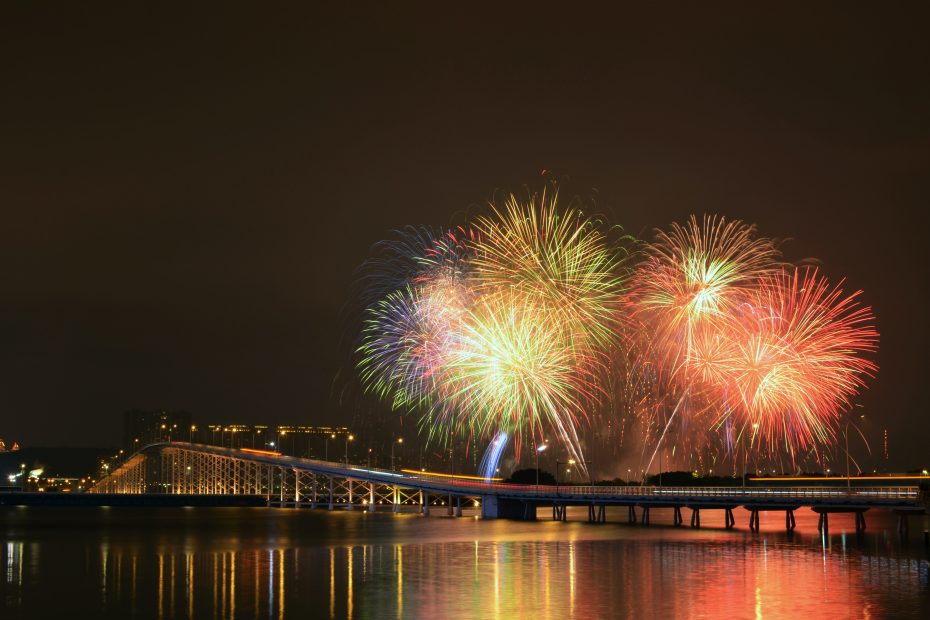Table of Contents
Introduction
Macau is a vibrant mix of Eastern and Western cultures. This special administrative region of China has a unique history that has shaped its cultural identity. Located on the southeastern coast of China, Macau was a Portuguese territory for over 400 years until it was returned to China in 1999. This long period of Portuguese administration, along with Macau’s distinctive geography and demographics, led to a one-of-a-kind fusion of Chinese and Portuguese cultures that is fascinating to discover.
Portuguese Influences
The Portuguese colonized Macau in the 16th century and their legacy lives on today. The architecture in historic parts of the city, especially Senado Square, reflects a Mediterranean influence, with intricate tiled façades and arched entryways. The cuisine also reveals a clear Portuguese flavor profile, relying heavily on ingredients like turmeric, cinnamon, chilies, coconut milk, and flavor combinations like spicy and sour.Portuguese missionaries introduced Christianity, and Roman Catholicism remains the most widely practiced religion today.
Chinese Influences
Yet it’s impossible to forget you’re also in China when visiting Macau. Cantonese and Mandarin Chinese are the official languages, and traditional Chinese holidays, like the Mid-Autumn Festival and Chinese New Year, are celebrated with gusto. Chinese customs and traditions also prevail, from the practice of feng shui to the use of chopsticks. Chinese-style temples stand alongside Catholic churches, representing the blended religious landscape.
Unique Blend of Cultures
Macau provides the traveler with a look at what happens when cultures converge over centuries. While the Portuguese influences are apparent, there is no doubt this is a Chinese territory. It’s a place embracing multiculturalism as a part of daily life. East truly meets West in Macau, where prayer sticks are burnt at an ancient Chinese temple just down the street from a Catholic church holding Mass in Portuguese.
Fusion Cuisine
One of the highlights of any trip to Macau is sampling its legendary cuisine. Macanese food is a tantalizing fusion of ingredients, flavors, and cooking techniques. The resulting fusion dishes, like African chicken, curry crab, and minchi (a meat hash), reflect both the local Chinese flavors and the Portuguese colonial influences. Coconut, chili peppers, custard, salted fish, and tamarind are just some of the diverse ingredients that come together in Macanese delicacies that foodies will not want to miss.
Historic Sites
To immerse yourself in Macau’s unique history, there are a few iconic sites to visit. Senado Square, with its wavy mosaic paving and colonial architecture, is an elegant public square that has long been the city’s urban center. The A-Ma Temple is a Taoist temple from the 15th century honoring the goddess A-Ma, who gave Macau its name. Towering over the skyline are the iconic ruins of St. Paul’s Cathedral, a 17th century baroque Catholic church that was destroyed by fire but remains a celebrated landmark.
Museums
Macau has an array of museums that help uncover more about its distinctive culture. The Macau Museum provides an overview of the region’s folk art, traditions, and archeology. The Grand Prix Museum documents Macau’s fame for auto racing with exhibits on past races and cars. For religious history, visit the Museum of Sacred Art and Crypt, showcasing Catholic art and a crypt lined with the remains of early missionaries.
Entertainment and Nightlife
Macau comes alive in the evenings, when the neon lights start glowing. The city is famed for its opulent casino resorts, like the Venetian, Parisian, and Wynn. You can try your luck at gambling or enjoy a lavish stage show. Strolling the historic districts at night also presents a more serene way to appreciate Macau’s rich architectural beauty. The Ruins of St. Paul’s are particularly striking illuminated against the night sky.
Conclusion
Macau’s seamless blend of Chinese and Portuguese cultures, from the cuisine to the architecture, gives the city a unique character. For visitors interested in a multicultural experience, Macau offers the best of both Eastern and Western influences. The historic sites provide glimpses into how these cultures fused over the centuries to create something entirely new. It’s a one-of-a-kind travel destination where you can feel both the modern excitement and ancient mystique.
FAQ
FAQ 1: What languages are spoken in Macau?
The official languages of Macau are Chinese (Cantonese) and Portuguese. However, many people also speak Mandarin Chinese and English.
FAQ 2: What currency is used in Macau?
Macau’s official currency is the Macanese pataca (MOP). Hong Kong dollars are also widely accepted.
FAQ 3: How can I get from Hong Kong to Macau?
You can take a one-hour ferry from Hong Kong to Macau. There are frequent departures from the Hong Kong-Macau Ferry Terminal in Hong Kong.
FAQ 4: What is Macau famous for?
Macau is famous for its casinos, Portuguese colonial architecture, fusion cuisine, and mix of Eastern and Western cultures.
FAQ 5: How long do visitors typically spend in Macau?
Most visitors spend 2-3 days in Macau, which is enough time to see the highlights. You can visit longer to enjoy Macau’s food, nightlife, and museums at a more relaxed pace.
